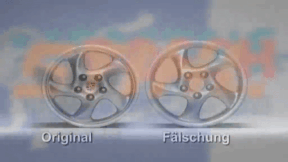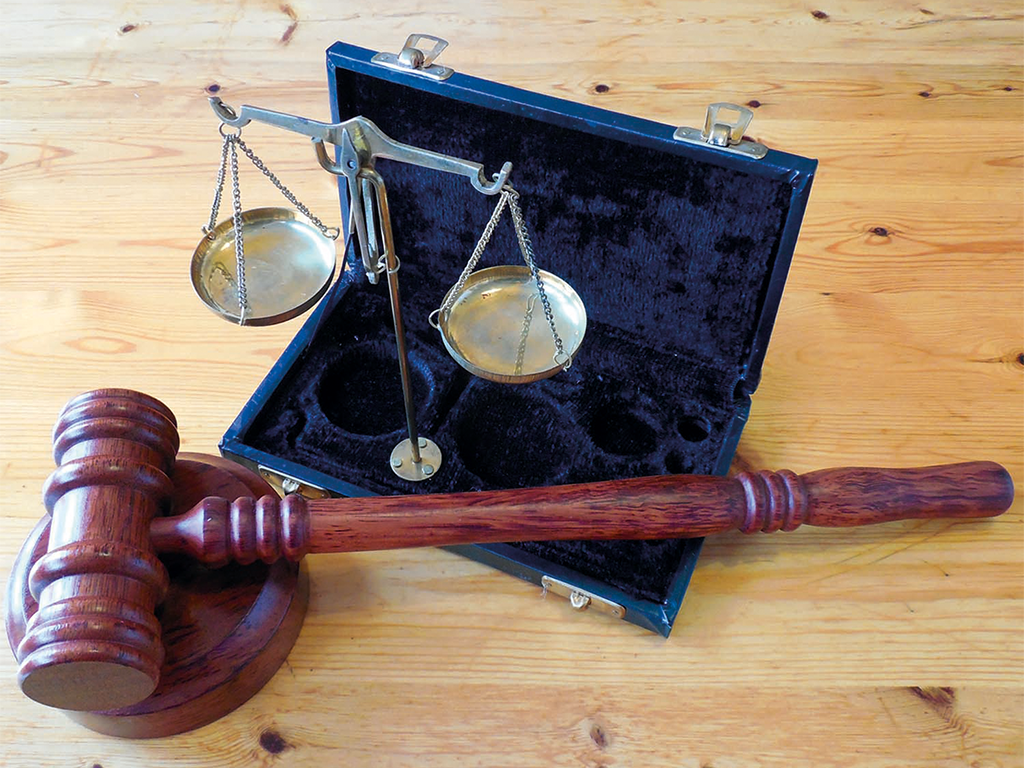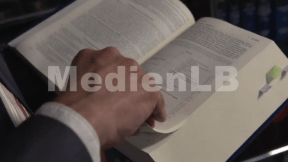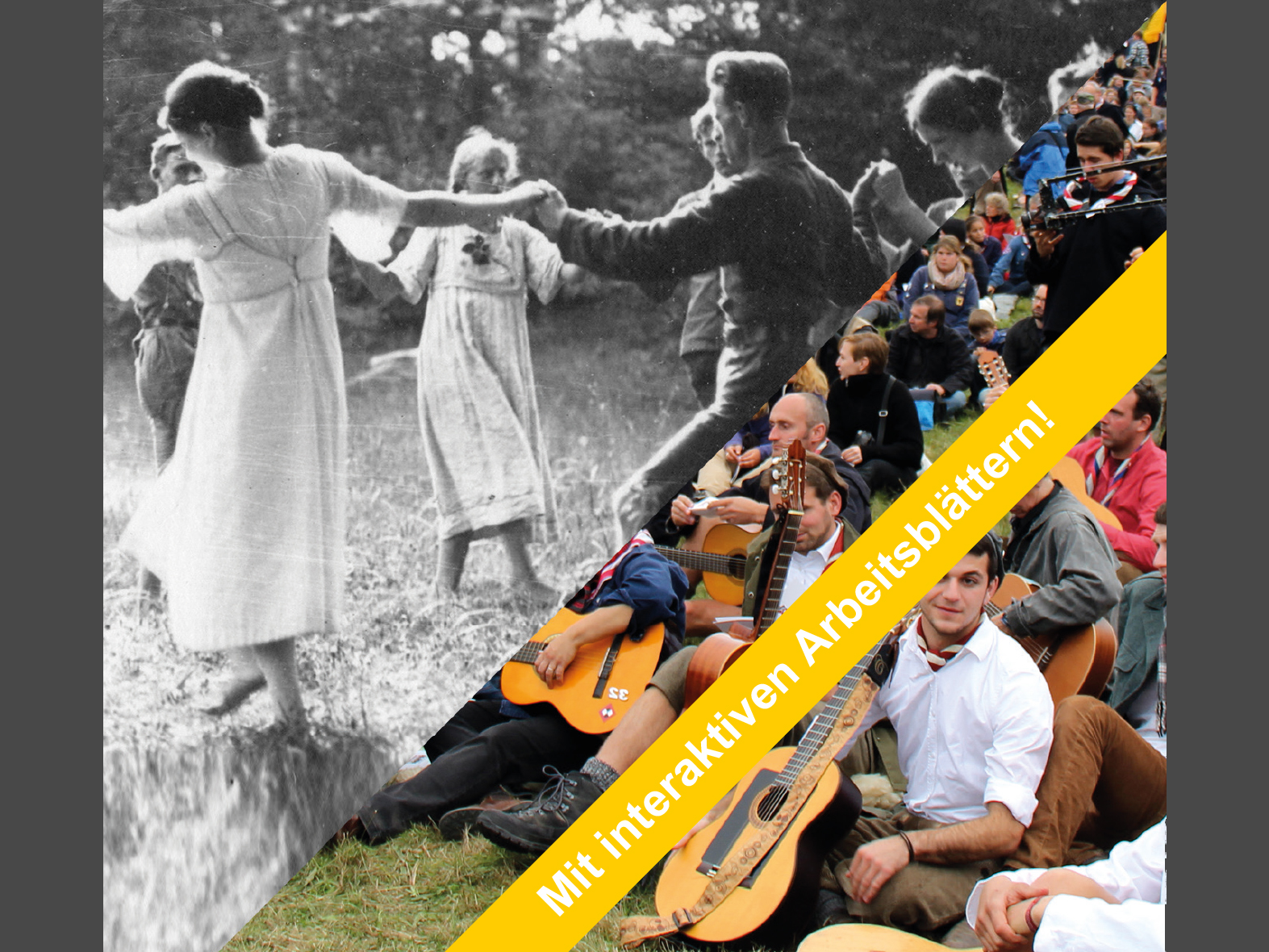 Biology, Primary School
Biology, Primary School

4677062 / 5564357
Equilibrium
Maintaining a Balance
All things have weight. Some things are heavy. Others are light. Often you would like to strike a balance. What is light should get heavier and what is heavy should get lighter. When bodies, substances or conditions are balanced, we call it equilibrium. Everyone has certainly used the word ”equilibrium“ already. Its meaning? Of course: two weights. Both equal – or are they? But it is not that simple because there are different kinds of equilibrium. If the distribution of weight is balanced, it is called “mechanical equilibrium“. As is the case with Leonie balancing on the rope.
Play trailer
Curriculum-centred and oriented towards educational standards
Matching
Product Piracy
Counterfeiting takes place in almost all economic sectors – textiles, watches, car parts, machine parts, tools, accessories, software and medicines. Some counterfeits are easy to recognise, others are so well-executed that even experts have difficulty distinguishing between original and imitation. This DVD covers the development of a product from idea to manufacture. Once a product has become a trademark, product pirates appear on the scene.
Rights and Obligations
Three girls of different ages: Anna is 17, Paula 15 and Lena 13. Before the law, their respective ages have consequences – because children and adolescents have different rights and also obligations.
Youth Movement
Dancing until your feet hurt: Here, at the meeting on the Hoher Meissner near Kassel, 3,500 participants from Boy Scout associations, youth and Wandervogel groups from all over the German-speaking region have gathered. They want to celebrate, simply get to know each other and commemorate a historic anniversary.









